What To Do If Your Mac Computer Or MacBook Doesn't Start Up All The Way
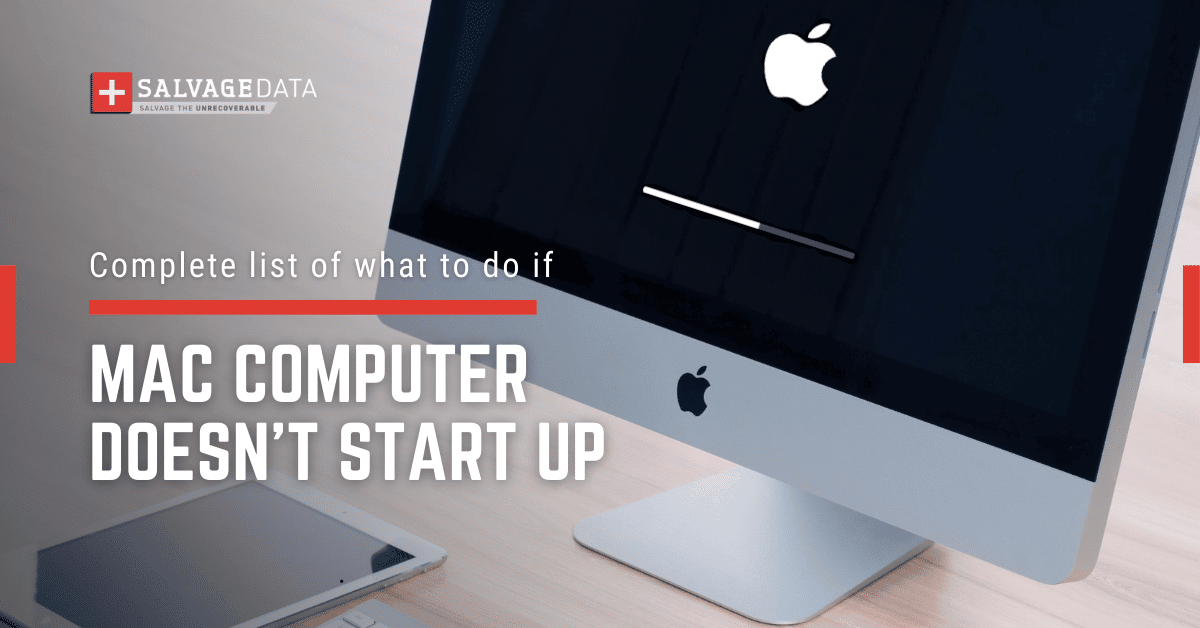
I think there's an issue with my storage device, but I'm not sure
Start a free evaluationWhat To Do If Your Mac Computer Or MacBook Doesn't Start Up All The WayA Mac computer or MacBook that won't start up all the way is a common issue that many people experience with their Apple computers. In most cases, there are simple solutions that can get your Mac up and running again. First, make sure that your Mac is plugged into a power source and that there’s no issue with the power cable. Next, take a look at the display on your Mac. If you see a light emitting from the screen, that means that the computer is receiving power but isn't starting up properly. In this case, unplugging and replugging in your Mac might do the trick. However, if you see a blinking fold with a question mark or any other sign, you’ll need to follow specific steps to fix the issue.
1. Globe with the warning symbol on the screen
The globe with the warning symbol while starting up the Mac happens when your Mac starts up to error -1008F. It means that the display isn't receiving power. [caption id="" align="alignnone" width="576"]
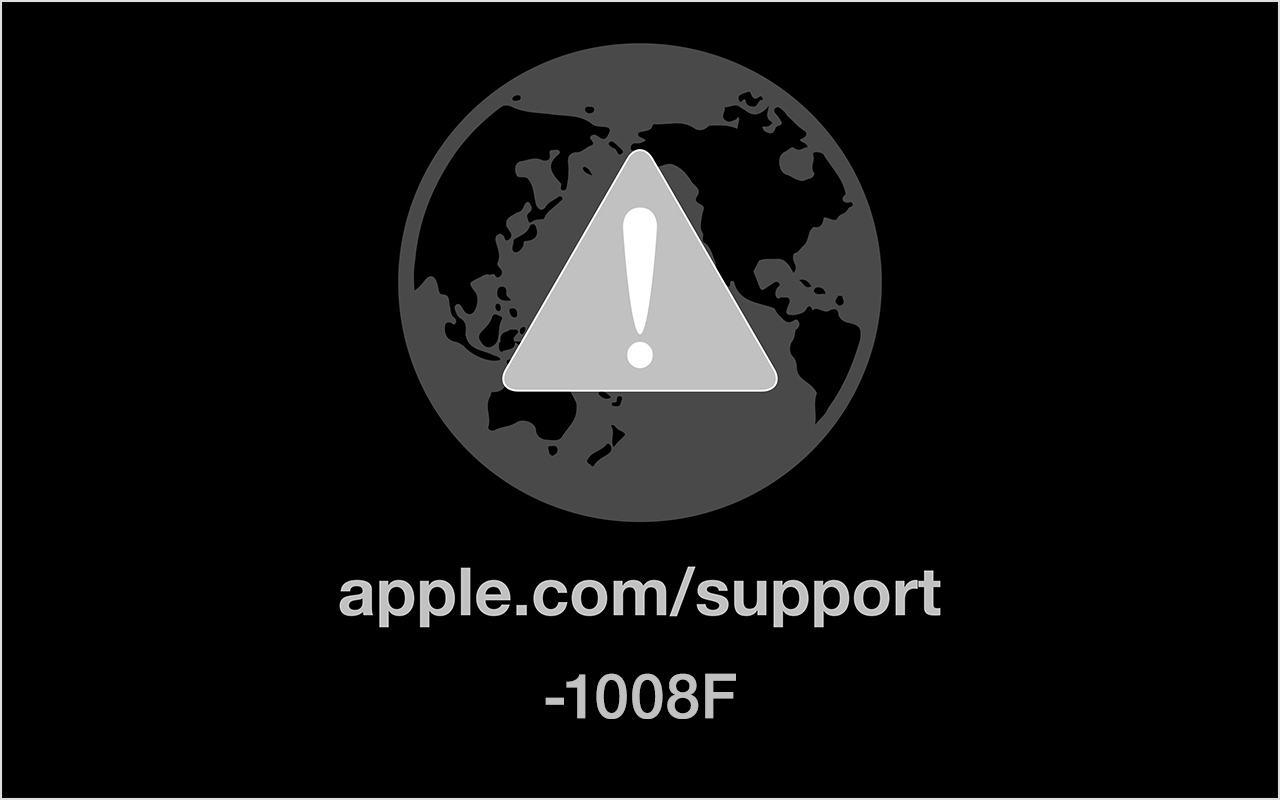
Source: Apple Support[/caption]This error happens when your Mac tries to start up from macOS Recovery over the internet unsuccessfully.To fix it you’ll have to start your Mac or MacBook using Option-Command-R.Step 1. Turn off your Mac.Step 2. Then turn it on and press and hold Option-Command-R to start up from the latest version of macOS Recovery.
2. Circle with a line through it
If your Mac starts up to a circle with a line through it, it means that there is a software issue that is preventing your Mac from starting up properly. This error happens when the macOS on the booting disk is not compatible with your Mac.[caption id="" align="alignnone" width="614"]

Source: Apple Support[/caption]To fix it, you’ll have to hold the power button on your Mac until it turns off.Use Disk Utility to repair your startup diskApple silicon: Turn on your Mac and continue to press and hold the power button until you see the startup options window. Intel processor: Turn on your Mac, then press and hold Command (⌘) and R keys until you see the Apple logo.Select Disk Utility.[caption id="" align="alignnone" width="352"]
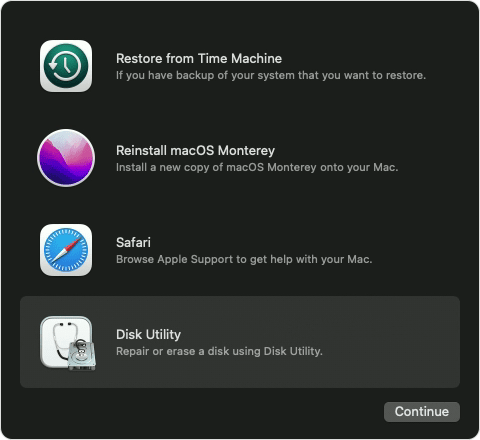
Source: Apple Support[/caption]Then find and select the disk you wish to repair, in this case, the disk with the operating system. Then run the First Aid tool to check for issues on the disk volumes.As soon as you finish checking the disk, restart your Mac.[caption id="" align="alignnone" width="570"]
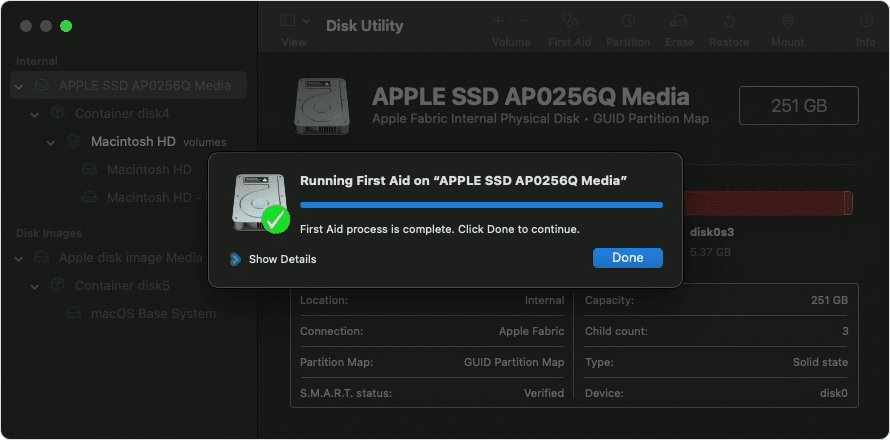
Source: Apple Support[/caption]If you couldn’t fix the issue, please contact Apple Support.
3. If you see the Apple logo
If your Mac starts up to an Apple logo or progress bar, it means that your Mac is starting up properly but may be having trouble loading all of the necessary software. [caption id="" align="alignnone" width="604"]
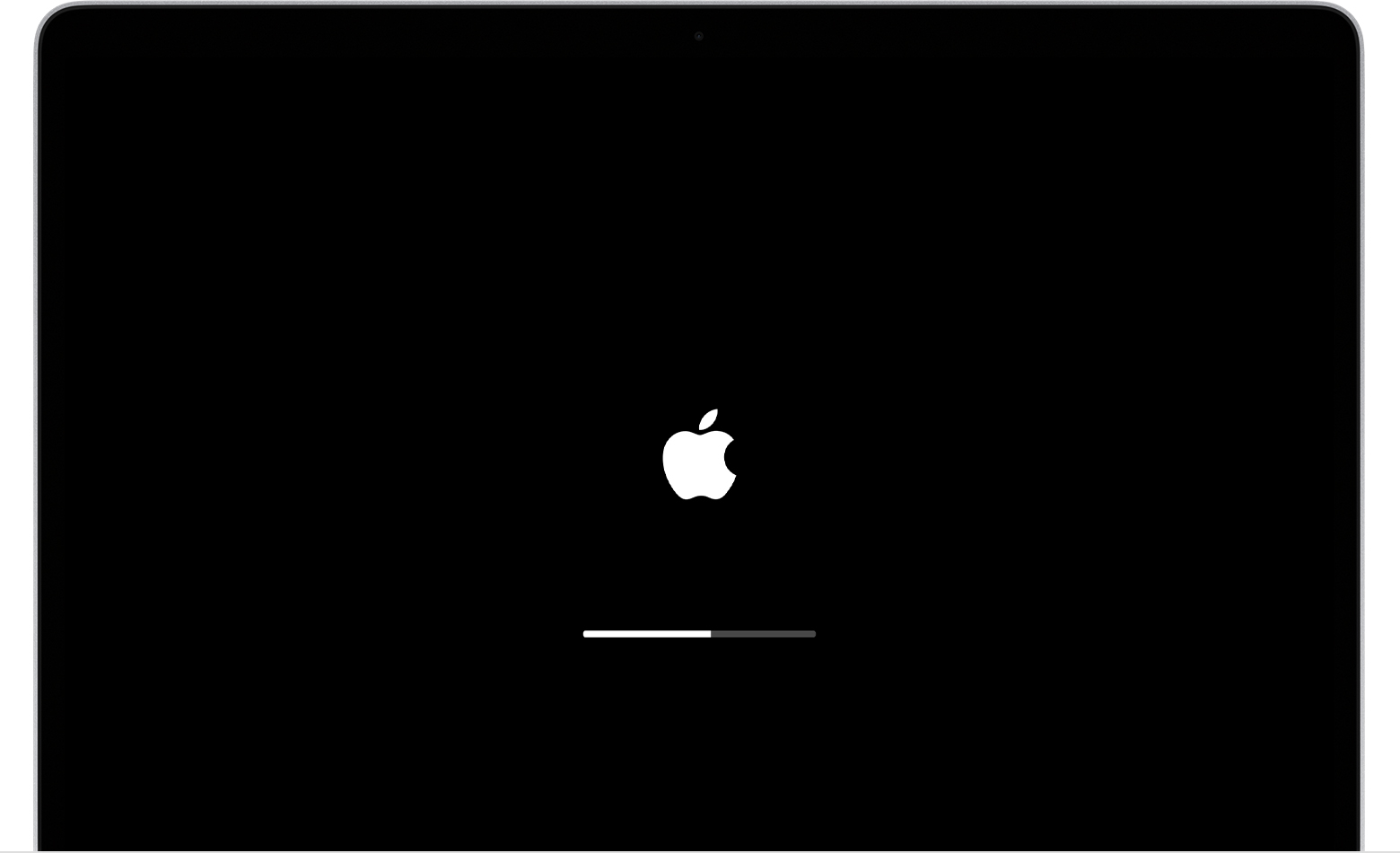
Source: Apple Support[/caption]If your Mac or MacBook is stuck on this screen while initialization, you’ll have to hold the power button until the Mac turns off. If your MacBook does not have a power button then press and hold the Touch ID.Unplug any external devices connected to your Mac, such as printers and external drives.Then open the Disk Utility and run the First Aid tool.[caption id="" align="alignnone" width="358"]

Source: Apple Support[/caption]If the error persists, you might need to reinstall the macOS.
Warning: Reinstalling the macOS will erase all data on your device. Contact SalvageData experts to help you restore your files first.
4. The Mac starts to a screen with a gear icon
If your Mac starts up to Options with a gear icon, it means that your Mac is in Startup Options mode. [caption id="" align="alignnone" width="614"]
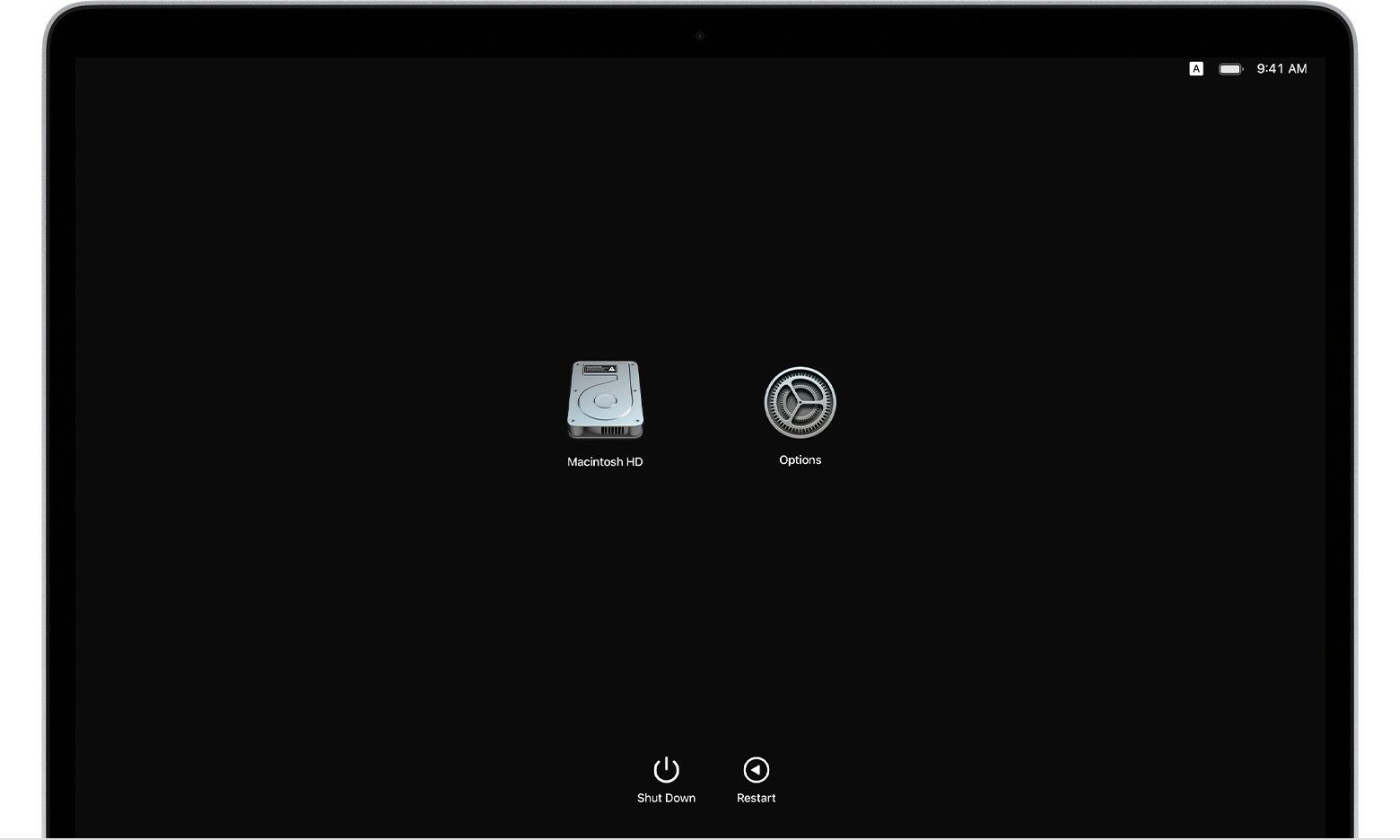
Source: Apple Support[/caption]In startup options, you can select a startup disk, such as Macintosh HD (where the macOS is). Then click Continue to start up from that disk.You can as well select Options, then click Continue to open macOS Recovery. From there you can reinstall macOS, use Disk Utility to repair your disk or erase your disk, and more.Another function when seeing this screen is to press Command (⌘)-D to open Apple Diagnostics and check for errors.
5. If you see an empty screen when turning on your Mac
[caption id="" align="alignnone" width="630"]

Source: Apple Support[/caption]If your Mac or MacBook is stuck on a blank screen, then you can open Disk Utility to repair the startup disk. You can also try to reinstall the macOS. Remember that reinstalling the macOS will erase all your data.However, if you can't start up from macOS Recovery to open the Disk Utility, then your best action would be to contact Apple Support.
Summary: There are several reasons why your Mac doesn't start up all the way. And each reason will have a different outcome. To fix this error, you can follow quick steps, such as using the First Aid tool, checking all cables, or reinstalling the macOS. If you are not comfortable resolving the issue, you can contact Apple support or SalvageData experts, to guarantee your data and device returns to you intact.
How to recover data if your Mac computer or MacBook doesn’t start up
If you have to reinstall the macOS on your Macbook or Mac computer, or if you can’t afford to lose your data, you can contact a data recovery service to restore your files.SalvageData experts have experience in securely restoring Mac data. Contact us 24/7 for a secure Mac data recovery service.
Related services
These are the most commonly requested data recovery services. At our headquarters' cleanroom lab, our certified engineers conduct a thorough review of any type of physical storage device, determining if there is logical or physical damage and carefully restoring all of the lost files.ces.

External Drive Data Recovery
We recover data from both external SSD and HDD drives. Rely on certified experts to restore your important files from damaged or corrupted external drives.
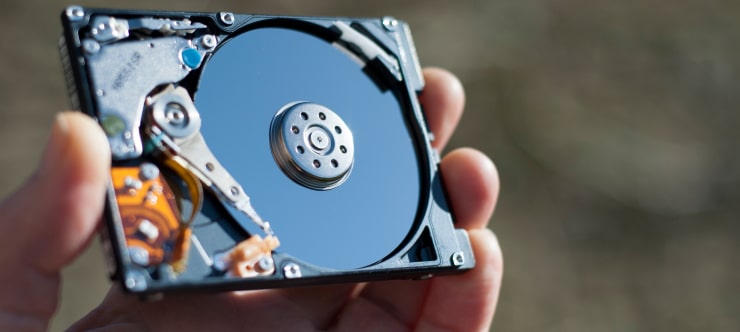
Hard Drive Data Recovery
Recover data from all brands of HDD, PC hard drives, and hybrid disks. Our specialists ensure fast and secure recovery for any data loss scenario.

NAS Data Recovery
Recover data from NAS devices, including RAID configurations. Our team handles all types of NAS systems and ensures data recovery with minimal downtime.
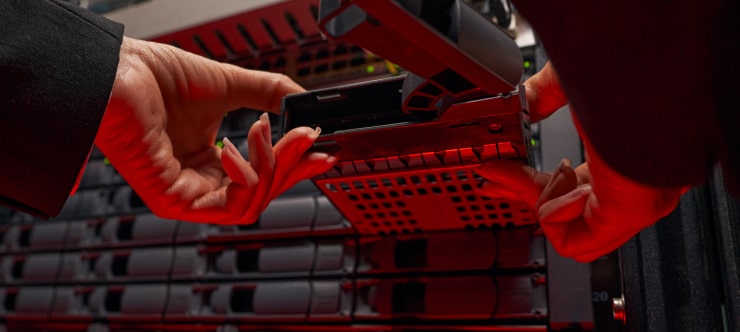
RAID Data Recovery
Our RAID data recovery services cover RAID 0, 1, 5, 10, and other configurations. We offer expert solutions for failed, degraded, or corrupted RAID arrays.

SAN Data Recovery
Our team specializes in handling SAN devices from leading manufacturers like Dell EMC, HP, and IBM, ensuring efficient recovery with minimal disruption to your operations.
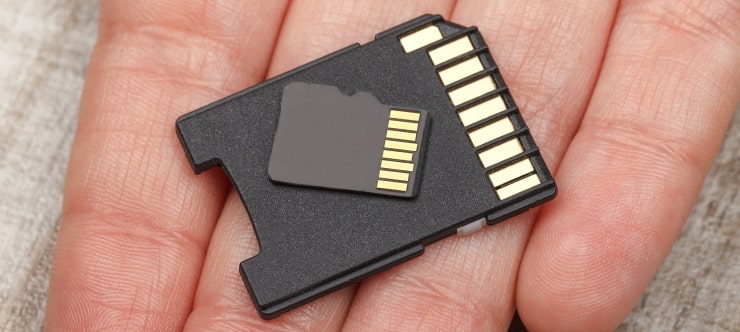
SD Card Data Recovery
Our recovery experts specialize in restoring data from SD and memory cards. We guarantee quick recovery with a no-data, no-charge policy.
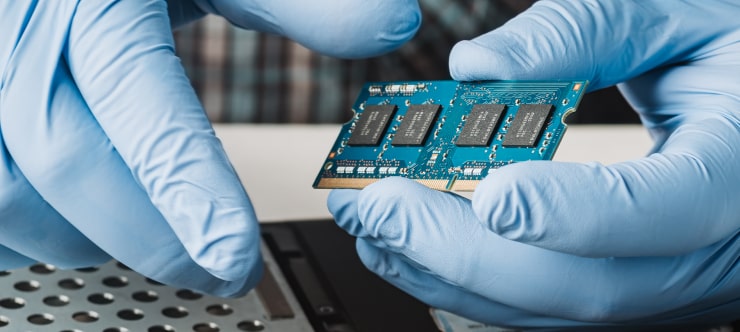
SSD Data Recovery
Our data recovery experts handle all SSD data loss scenarios with advanced tools, ensuring maximum recovery with high-security protocols.
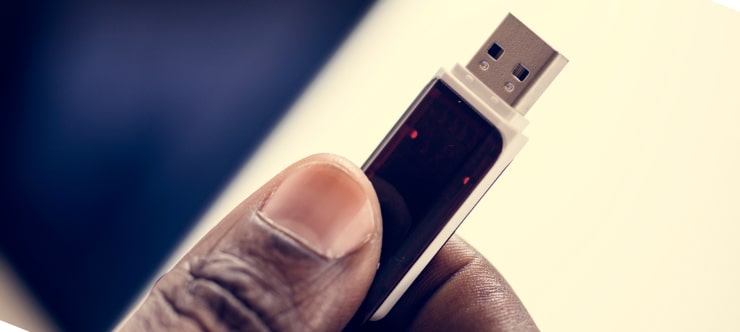
USB Flash Drive Data Recovery
Recover lost data from USB flash drives, regardless of the damage or brand. We offer free in-lab evaluations to assess data recovery needs.
If you’re unsure about which data recovery service to choose, let our team assist you in selecting the appropriate solutions. We understand the anxiety that comes with a sudden drive failure, and we are more prompt in our actions compared to other recovery service providers.



